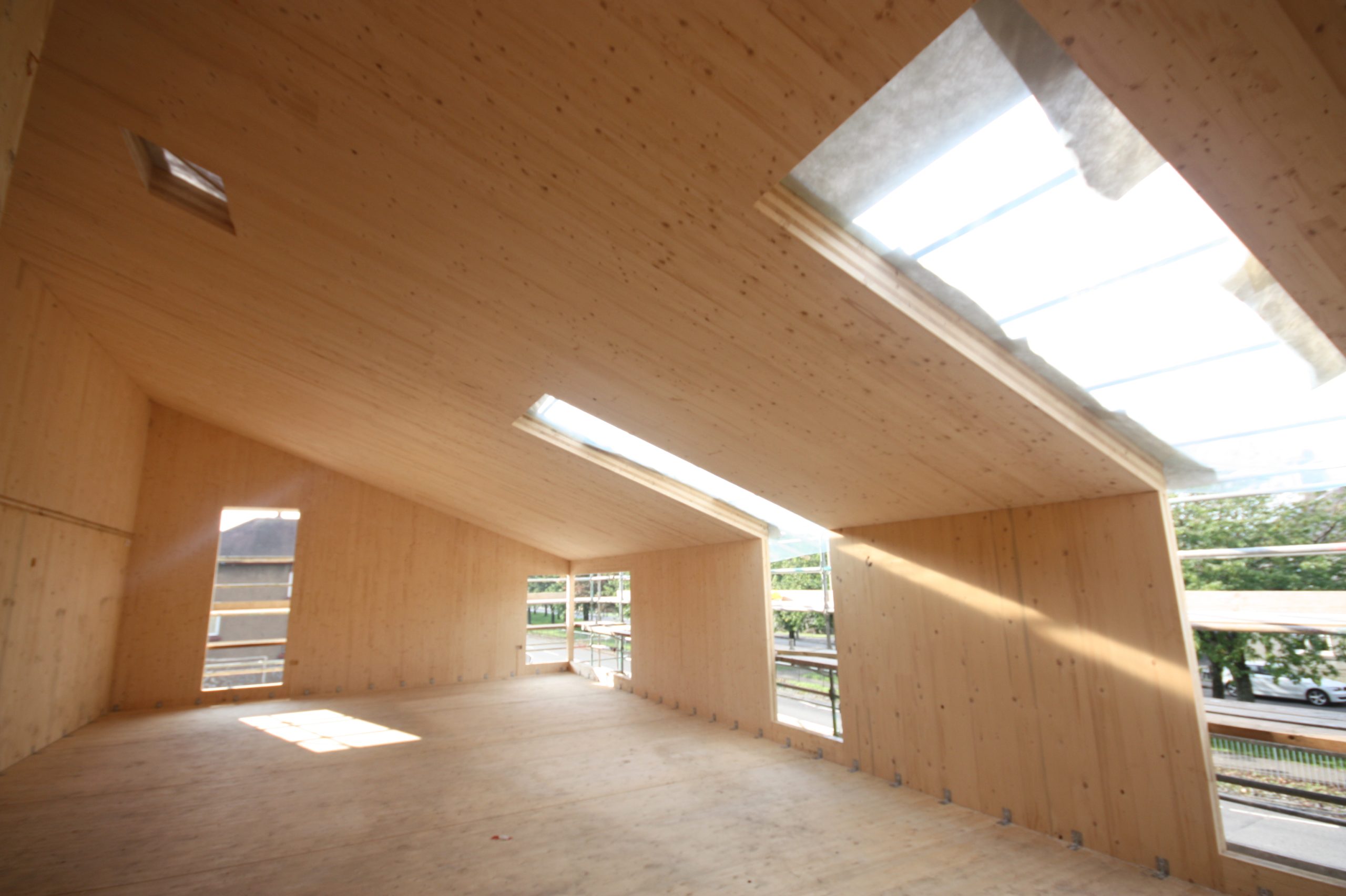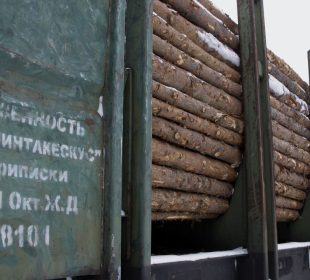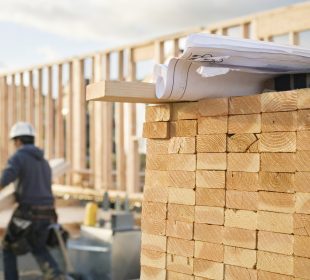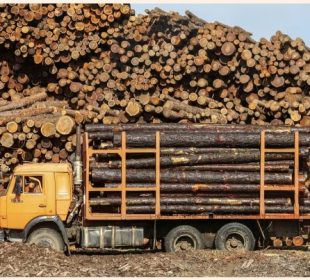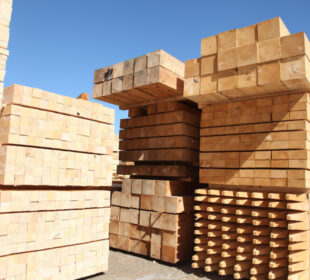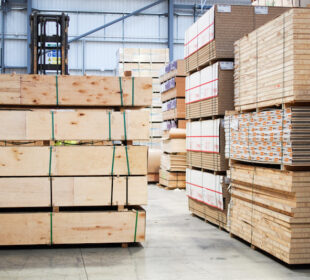Research scientists from Washington State University (WSU) were recently given a US$1.5 million grant from the National Science Foundation to look at how builders in earthquake-prone areas can use sustainable timber in high-rise buildings, according to WSU.
Part of the grant will go into simulating a real earthquake in a laboratory, where the researchers will be able to test their 10-storey tall, wooden building designs made of cross-laminated timber (CLT). A recent arrival in the building industry, CLT consists of heavy timber structural material made from layers of lumber glued together to create solid and thick wooden panels.
Promoters of CLT have stated on more than one occasion that the material is capable of providing the same fire-resistance and strength concrete and steel offer buildings, and has fired the enthusiasm of architects and environmentalists, who believe it to be a far greener way of housing the booming global population.
Because it lowers the carbon dioxide emissions in construction and is able to capture carbon, CLT has gained a large following around the world; projects include a 100-storey tower in London, in the United Kingdom (UK), a 40-storey high-rise in Stockholm, Sweden, and a residential compound in Vancouver, Canada. In the University of British Columbia (UBC), Canada, an 18-storey student dormitory made of CLT is almost completed.
Professor of the Department of Civil and Environmental Engineering in WSU, Daniel Dolan, and his colleagues, are exploring how CLT can be used in a building to weather earthquakes. They are examining both structural, load-bearing components, much like beams and walls, along with non-structural components.
“We want to create a building design that will have little damage in earthquakes and still be habitable. This will allow communities to recover faster,” Dolan explained. “For many Americans, a house is the biggest investment they will have in their lives and we’re trying to protect it.”

